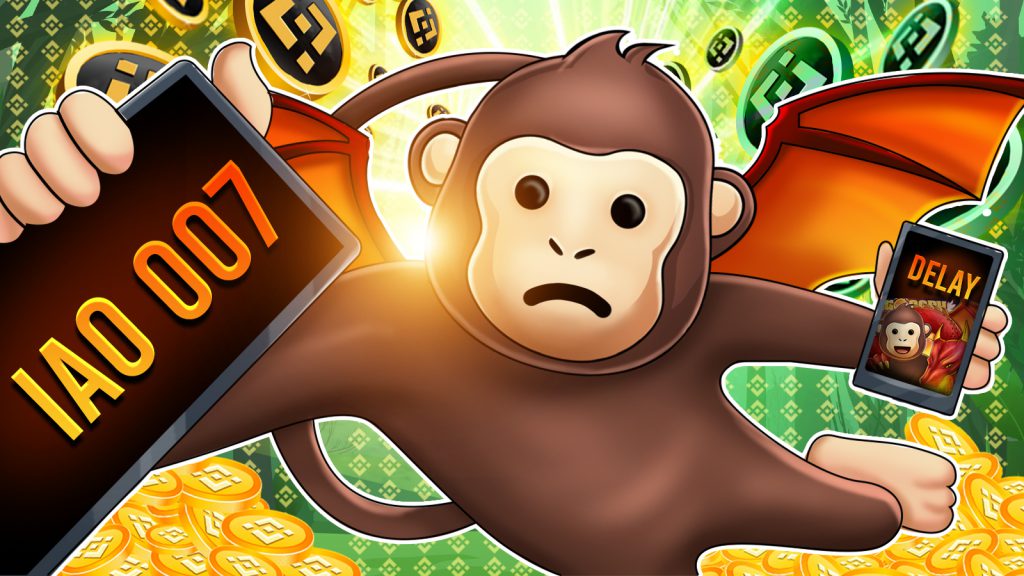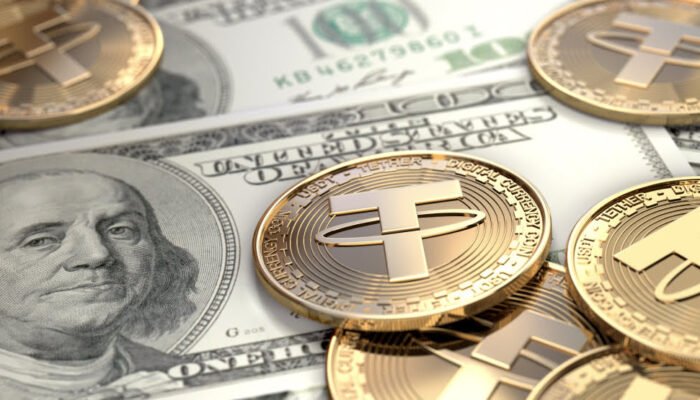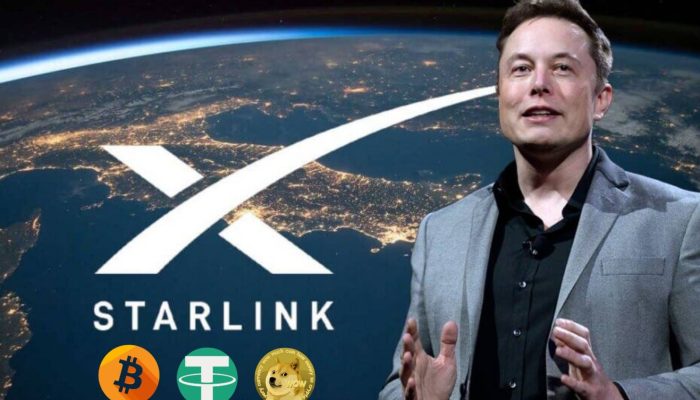Two unprecedented things happened in 2020 which might not be intertwined with each other. However, they did complement themselves in one or more ways. We are talking about the Covid-19 pandemic and the emergence of DeFi in the summer of 2020. As the Covid outbreak went rampant, economies took a hit due to global lockdowns. Millennials lost job opportunities and the government had one way to undo the odds. Print more money and launch stimulus packages. The outcome was rather grotesque with inflation spiking up. This was due to excessive demand for goods and services and job opportunities biting the dust.
-----Cryptonews AD----->>>Sign up for a Bybit account and claim exclusive rewards from the Bybit referral program! Plus, claim up to 6,045 USDT bonus at . https://www.bybit.com/invite?ref=PAR8BE
<<<-----Cryptonews AD-----
Despite the pessimism all around, the DeFi space managed to thrive. Its innovative use-cases like yield farming, staking, and liquidity mining gave better opportunities for millennials to multiply their earnings. On some of the protocols, investors made 20x to 200x returns through the above-mentioned use-cases. Allegiance to the Compound protocol emerged as the frontrunner to introduce yield farming and governance tokens.
As a result, DeFi, which started off from a humble beginning of $700 million in 2020, clocked $100 billion in less than a year’s time. Concepts like DEXes and DeFi lending ended up as a panacea to solve financial problems. They were simply sitting back at home and locking your tokens in the liquidity pools for unprecedented returns. Let’s deep dive and explain all prime aspects of DeFi. We’ll also explain why the ecosystem revolves around DEXs and key DEXs that you can choose to multiply your yield.
What is DeFi?
DeFi or Decentralized Finance is a broad term that includes almost all financial activities practiced in traditional finance. Traditional Finance is better known as CeFi (Centralized Finance). However, the DeFi ecosystem comes with an upside where there are no intermediaries. Everything works in a truly decentralized manner using blockchain technology and smart contracts.
For example, if you go to a bank and deposit money, the bank has full control over your money. However, with DeFi, everything changes. The right to control/ownership shifts back to the user, making the space non-custodial and truly decentralized. That said, it doesn’t make the list of use-cases possible exhaustive, rather, just a part of the complete big thing which DeFi is. So a space that has exploded and yielded returns as high as 1000% to 10,000% cannot just ride on just financial inclusion, rather, financial utilities. To drive financial utilities deeper, DeFi lending has remained an undisputed monarch in the space.
What is DeFi Lending?
Before we jump to DeFi lending, it is necessary to know about the Dex or Decentralized exchange since they power the entire DeFi ecosystem. On the DEXes, you can do yield farming, staking, and much of all the use-cases supported on a DeFi Dapp protocol. So, with that said, a DEX or a decentralized exchange is a peer-to-peer marketplace where crypto traders interact with each other directly and engage in a trade. Being a decentralized ecosystem, DEXes are powered by smart-contracts that help execute transactions in a peer-to-peer, trustless manner.
Since by now you have understood what Dexes are and how they work, we can come down to DeFi Lending now since it is the heart and soul powering up the entire DeFi ecosystem. You can understand DeFi lending as a smart way to gain more exposure to the financial space in a short span. For example, when you buy crypto and you have a long-term plan with that crypto asset. Or, put simply, if you want to hold that asset for long, during the interim period of your holding, you cannot get financial exposure. However, with the help of DeFi lending, you can lock the assets in the DeFi lending protocol take a percentage of the loan as allowed by the protocol and earn fees at the same time for lending your asset. Along with this, you can also see your asset grow with the growth of the market.
However, you must see that the interest charged and interest earned should be carefully evaluated. Having said that, DeFi lending has helped individuals who do not have KYC or CIBIL scores avail loans in a truly decentralized and convenient manner. However, even the DeFi space charges interest on such loans and you need to pick the best lending and borrowing protocols for acquiring crypto loans. Apeswap has emerged as a preferred checkpoint when you want quick loans at convenient interest rates.
What is Apeswap Crypto?
Apeswap is the fork of Pancakeswap functioning much like all other AAMs or Automated Market Maker within the DeFi ecosystem; however, it has an upside which will be discussed in the latter part of the content. Meanwhile, in case if you are not aware of the term AAMs or automated market maker concept, you can think of an order book model which exists in traditional trading. In a traditional order book model, a broker performs the role of creating orders.
As a result, there might be a situation when both buyers and traders do not converge at a price point and trade doesn’t happen. Hence, to eliminate the dependency on a third party to make a market, the AAMs use smart-contracts and incentivize stakers to stake their tokens in their specific liquidity pools created. The Apeswap introduces the following features to make staking and yield farming more satisfying, safe, and secure for stakers on their platform.
1. Audits
On Apeswap, two credible audit platforms BSC Gemz and Certik take the onus of regularly performing the audit. As a result, everything on the platform remains transparent and instances of rug-pulls can be easily traced before they actually happen. Perhaps, investors have become more cautious post the Sushiswap fiasco and Apeswap has been establishing new standards to help earn their trust.
2. Token Burn
Apeswap regularly indulges in token burning to drive their token economics and make the ecosystem sustainable for long-term goals.
3. Lower Fees
Fees are relatively lower on Apeswap with the Dex charging as low as 0.3% fees for each swap done. Out of that, 0.05% goes to Apeswap treasury which helps in further developing the ecosystem.
4. Partnerships
Apeswap has been eyeing long-term sustainability in the DeFi ecosystem. However, that can only happen when key collaborations eliminate obstacles that the Apeswap ecosystem face. So the protocol has gone on a collaboration spree to add more projects with a vision to change the future of DeFi. Ontology is one of the latest names on their list of collaborations.
How is Apeswap different from all of its peers like Pancakeswap?
Interactive Platform
Through Apeswap, traders get to connect with all other AAMs and exchange tokens using the Binance Smart Chain as a bridge.
Auditing
With all other AAMs and swap platforms keeping much of their information siloed within layers, Apeswap engages in continuous audits and shares the reports with the community and its users. In the process, establishing greater trust among stakers and investors.
Strong Community
Apeswap has a better community than Pancakeswap who are striving to make the ecosystem sustainable and future-proof. In their latest association with Lympo, Apeswap wants to tap the potential of the sports-themed NFT marketplace and bring more people to their ecosystem.

The post Apeswap Crypto: A Better Alternative To Pancakeswap? appeared first on CryptoTicker.
Apeswap Crypto: A Better Alternative To Pancakeswap?




